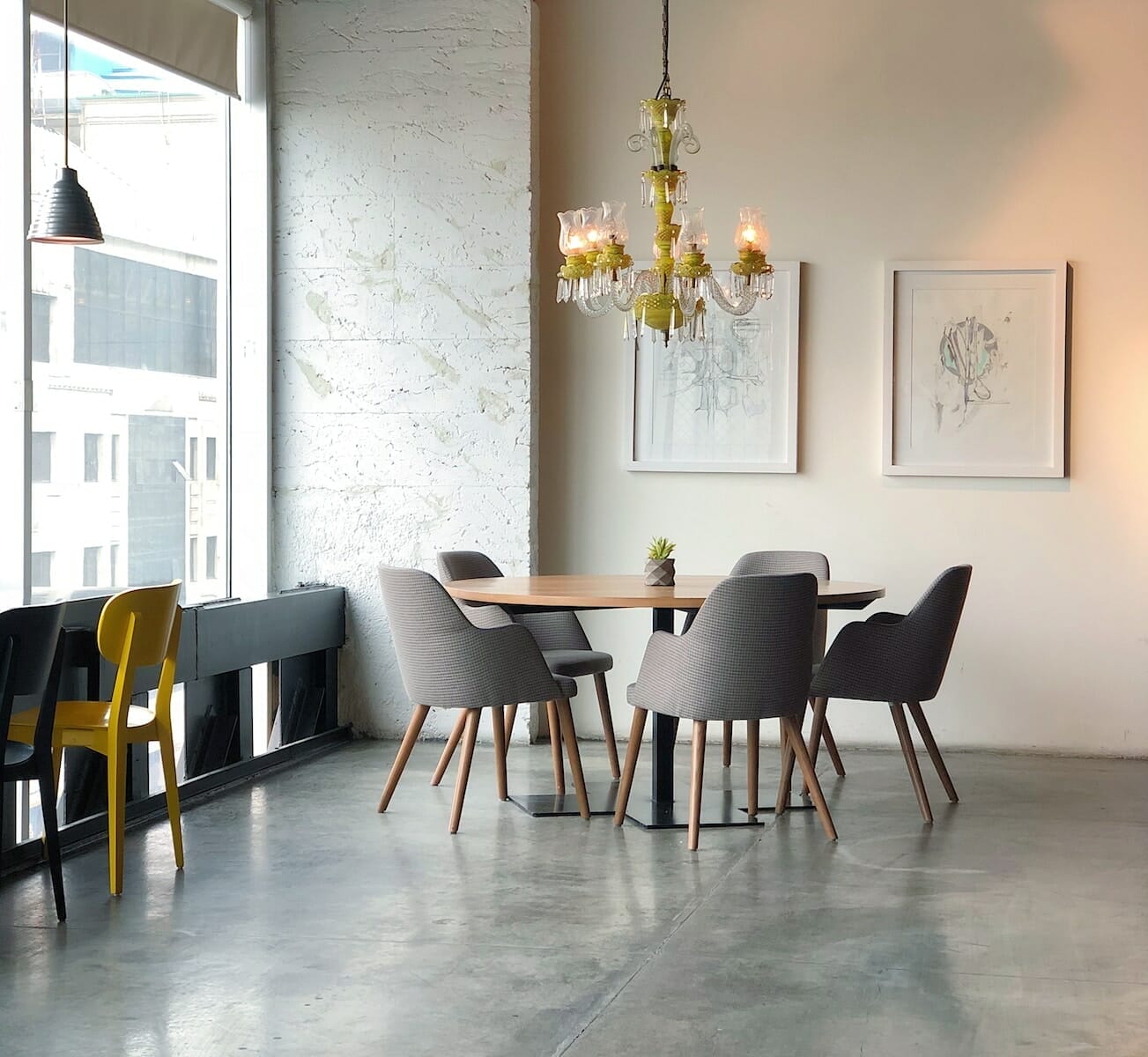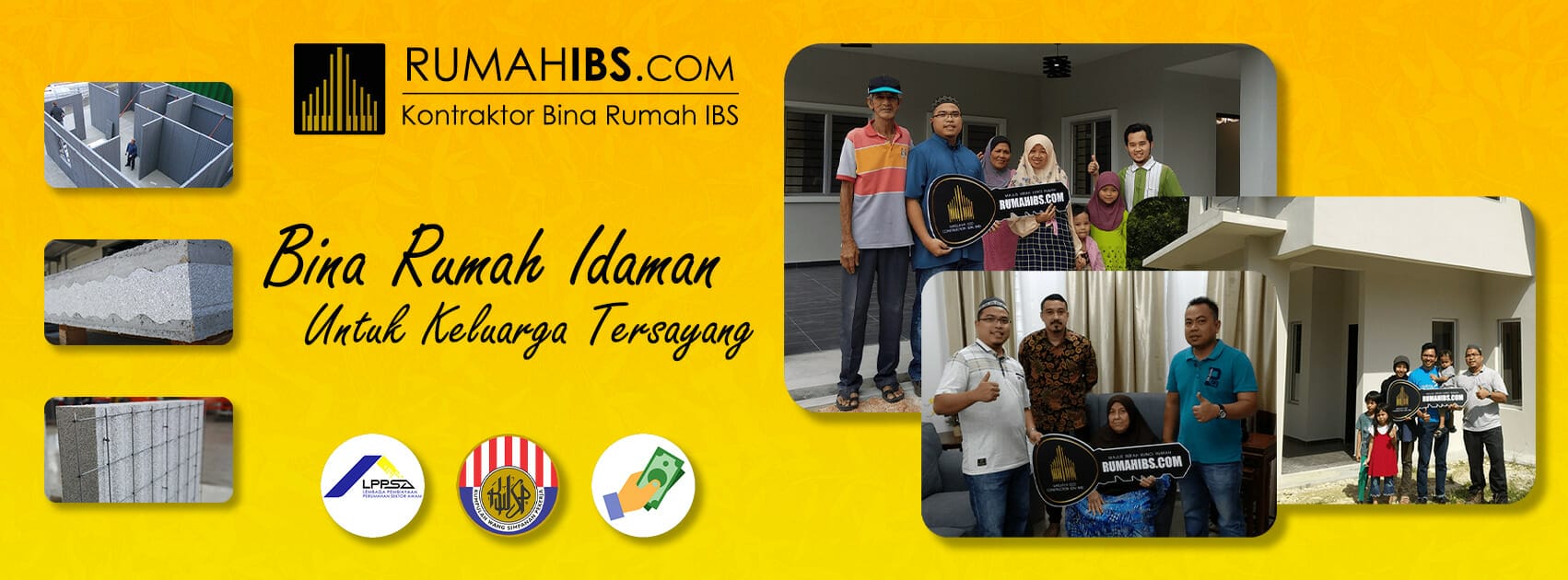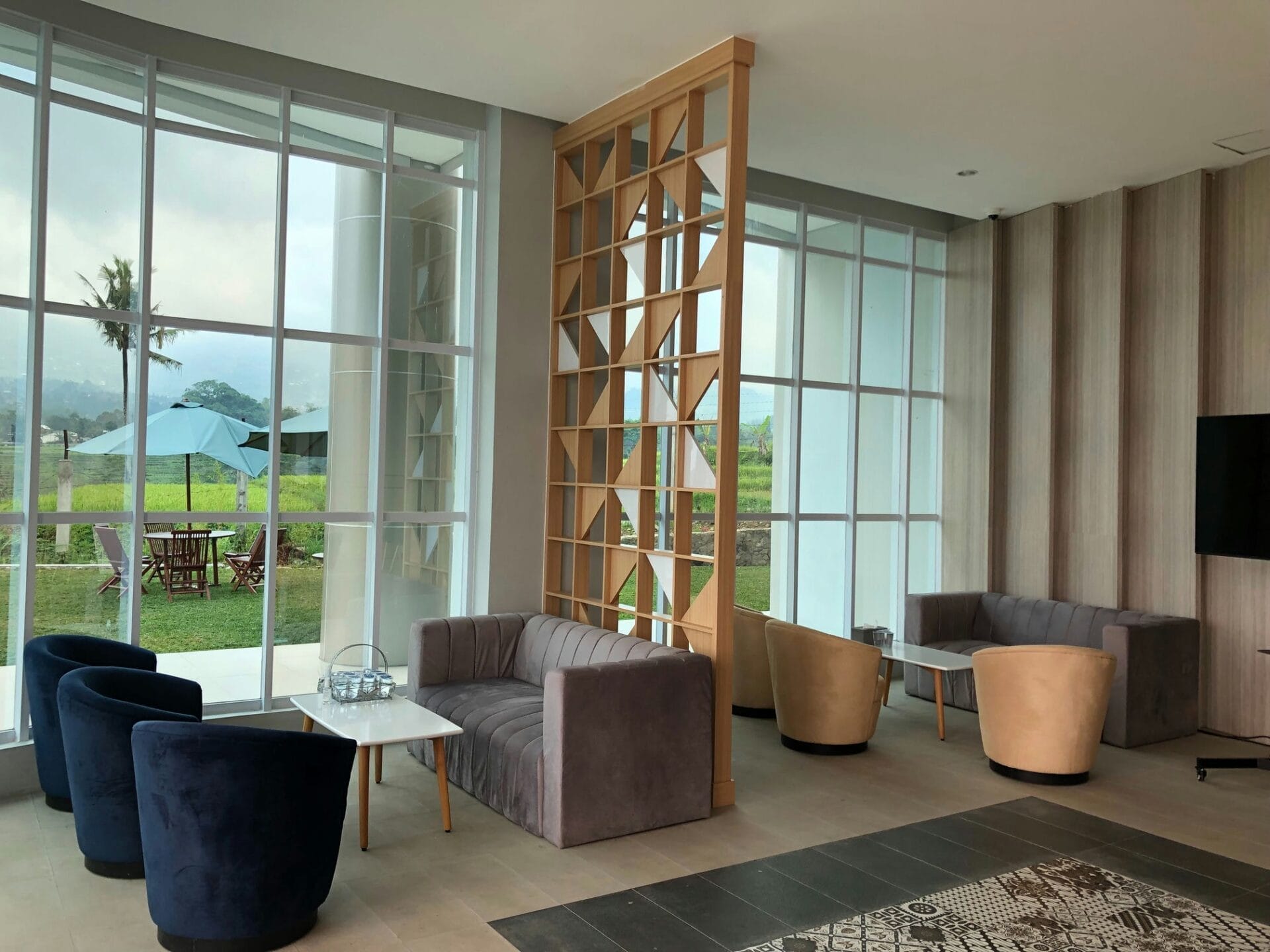What is IBS meaning in Construction?
- What does IBS stand for in construction?
- What are the advantages of IBS construction?
- What are the disadvantages of IBS construction?
- What are the different types of IBS construction systems?
- How does IBS construction work?
- What is the difference between conventional and IBS construction?
- What are the challenges in implementing IBS construction?
- How can IBS help improve construction productivity?
- What are some examples of IBS construction projects?
- What is the future outlook for IBS in construction?
What does IBS stand for in construction?
IBS stands for Industrialised Building System in the construction industry. It is a construction technique whereby building components are manufactured in a controlled environment, either on or off site, and then transported, positioned and assembled into a complete building.
Some key things to know about IBS:
- IBS is also known as off-site construction, prefabricated construction, modern method of construction (MMC) or precast construction.
- The manufacturing of IBS components is done using industrialised production techniques and machinery for improved quality, accuracy and efficiency.
- Common materials used for IBS components include steel, concrete, timber and glass. The components are made into things like columns, beams, walls, floors, stairs, etc.
- IBS buildings consist of prefabricated components that are manufactured at the factory and simply assembled on site like Lego blocks.
- On-site activities are minimised with IBS as most of the construction is done off-site at the manufacturing facility.
- IBS aims to improve construction productivity, quality, safety and waste minimisation.
- IBS has higher initial costs than conventional construction but can result in savings from faster construction time, less labour costs and material wastage.
- IBS is suitable for mass housing, high-rise buildings, hotels, student accommodation and other repetitive constructions.
- Malaysia is one of the leading countries in adopting IBS for construction due to government support and initiatives.
In summary, IBS enables more efficient construction via mass manufacturing of standardized building parts, with minimal work needed on-site. It represents a modern and innovative approach to construction that offers many benefits. The terms IBS, offsite construction, prefab and MMC all refer to this industrialised building system for improved productivity and quality control in construction projects.
What are the advantages of IBS construction?
IBS or industrialised building system offers numerous advantages compared to conventional construction methods:
- Faster construction – As components are prefabricated offsite to up to 90% completion, projects can be finished 30-50% faster. This cuts down on overall construction time.
- Better quality control – Manufacturing in factory conditions enables stringent quality control and reduces defects. The result is more precise and higher quality finishes.
- Reduced wastage – Precise fabrication in factories leads to up to 65% less material wastage. Excess materials can be recycled or reused.
- Safer construction – As prefab components minimize work at heights and other hazards, IBS provides a safer working environment onsite. The risk of accidents is greatly reduced.
- Less labour required – Manufacturing uses machinery and moulds, reducing labour by 50-60%. Only assemblers and installers are needed onsite.
- Cost savings – Faster construction time, efficient material use and reduction in labour can lead to overall cost savings of 5-10% for IBS buildings.
- Sustainability – Better waste control, innovative materials like composites, reuse of resources and energy efficiency result in more green and sustainable construction.
- Better coordination & logistics – Smooth coordination between manufacturing, inventory and logistics enables efficient just-in-time delivery to site for assembly.
- Flexibility – IBS components can be disassembled and reconfigured for modifications or relocated if needed. Design changes are easier to implement.
- Weather resistant – Construction can continue unaffected by weather as prefab components are built indoors in controlled conditions.
In summary, IBS enables faster, greener and safer construction through industrialised building techniques. It is the way forward for improved productivity, quality and cost-effectiveness in the construction industry.
What are the disadvantages of IBS construction?
While industrialised building systems (IBS) offer many advantages, there are also some downsides to be aware of:
- High initial investment – IBS requires big initial capital outlay for machinery, moulds, IT and training to set up manufacturing facilities.
- Additional planning & design – More detailed design, planning and BIM coordination is needed to ensure efficient prefab and smooth onsite assembly.
- Higher transport costs – Moving large prefab components from factory to site incurs higher transport and logistics costs.
- Specialised equipment needed – Cranes, lorries and other heavy machinery are required on site for unloading and installation of IBS components.
- Skilled workforce required – IBS calls for workers skilled in assembly, connectivity and integration of standardized prefab parts.
- Building design constraints – Options are limited by the modularity and standardization of prefab components produced.
- Market demand & volumes – IBS is viable only when there is sufficient and consistent market demand for buildings using the system.
- Regulatory barriers – Getting approvals for innovative IBS designs can be difficult due to lack of familiarity and acceptance from authorities.
- Limited performance data – Insufficient historical data and track record on long term performance of IBS components makes adoption difficult initially.
- Risk of faulty design – As components are prefabricated, any errors or defects in IBS design gets amplified and replicated throughout the project.
- Manufacturing defects – There is a risk of inconsistencies and defects when producing components on an industrial scale in the manufacturing plant.
In summary, while IBS construction brings many benefits in principle, it also requires overcoming unique operational and adoption challenges for it to be successful. Careful assessment and change management is needed.
What are the different types of IBS construction systems?
There are several established types of industrialised building systems used in construction projects:
Precast Concrete Framing, Walls and Floors
- Concrete columns, beams, walls, slabs, stairs are prefabricated in factory using steel moulds and casted concrete
- Modules are transported and then bolted or welded together on site
- Normally used for high rises due to structural integrity of concrete
- Provides good finishing, fire resistance, sound insulation
Steel Framing and Modular Units
- Ready made steel structures for framework, roofing, partitions etc
- Complete 3D modular units made from structural steel framing
- Fittings, electrical wiring and plumbing are integrated in the modules
- Used widely for offices, housing, exhibition centres etc
Timber and Wood Framing Systems
- Prefabricated timber wall frames, roof trusses, floors etc
- Quick to manufacture and assemble using nails, screws, wooden joints
- Cost effective and sustainable option
- Ideal for low-rise residential and commercial buildings
Blockwork Systems
- Concrete, stone, glass and other blocks prefab as wall units
- Holes provided for doors, windows and services integration
- Simple interlocking block units for fast assembly on site
- Cost effective option suitable for houses and apartments
Plastic/Polymer Component Systems
- Plastic finished units for wall partitioning, cladding, doors
- Durable, waterproof and easy to clean
- With added reinforcements, can be load bearing
- Quick installation and reconfiguration
- Gaining use for temporary structures and interior renovations
In summary, IBS offers a wide range of construction systems using various materials to provide customisable and standardised building solutions that are high quality, durable, and quickly installed on site.
How does IBS construction work?
IBS or industrialised building system entails a step-by-step construction process:
Design & Planning
- Architects design the building in 3D CAD software like Revit with BIM coordination
- Structural design optimization using analysis software
- Design considers modularity and standardization for IBS
- Precise calculations for prefab sizing, transport, lifting
Manufacturing
- Building information models guide intelligent manufacturing
- Components prefabricated from materials like steel, concrete, timber
- Automated machines like CNC cutters, moulds, robotics used
- Assembly line production enables mass output
- Strict quality control testing conducted
Logistics
- Components labelled, batched and sequenced for delivery
- Transportation planned for easy site access
- Components arrive just-in-time for installation schedule
Onsite Installation
- Minimal site prep work needed before IBS arrival
- Components carefully unloaded using cranes
- Bolting, welding or interlocking to connect modules
- Plumbing, electrics and fittings integrated
- May require temporary bracing and props
Completion
- Façade, interior partitions and finishing done
- Integrated testing and commissioning
- Handover once inspected and certified
In summary, IBS construction leverages design, manufacturing and logistics coordination to maximise off-site prefabrication and optimise on-site assembly to deliverbuildings efficiently. This methodical process allows faster and higher quality construction.
What is the difference between conventional and IBS construction?
There are some key differences between conventional construction methods and industrialised building systems:
Construction Activities
- Conventional construction does everything sequentially onsite
- IBS involves offsite prefabrication and onsite installation
Materials
- Conventional uses all raw construction materials onsite
- IBS uses prefabricated components made in factory
Labour
- Conventional relies heavily on manual labour onsite
- IBS reduces manual labour through automation
Process Control
- Conventional has limited supervision onsite
- IBS enables stringent process control at factory
Standardisation
- Conventional construction is mostly custom built
- IBS uses standardised and modular components
Build Quality
- Conventional quality dependent on onsite contractors
- IBS achieves high quality through controlled factory conditions
Construction Time
- Conventional has longer end-to-end project timelines
- IBS allows faster completion through reduced site activities
Safety
- Conventional exposes labour to onsite hazards
- IBS provides safer working environment in factory
Cost
- Conventional has lower upfront but higher lifecycle costs
- IBS has higher initial but lower operational costs
In summary, conventional construction relies solely on onsite activities while IBS optimises construction productivity, quality and safety through a combination of offsite manufacturing and simplified onsite assembly.
What are the challenges in implementing IBS construction?
Adopting industrialised building systems (IBS) in construction comes with some implementation challenges:
High Initial Investment
- IBS requires major upfront capital to set up manufacturing facilities and purchase machinery.
Lack of Specialist Skills
- From design to assembly, IBS needs workers with technical skills to handle the end-to-end prefab process.
Design Limitations
- IBS components constrain options to what can be pre-manufactured, limiting architectural creativity.
Building Standards & Codes
- Getting approval for innovative IBS designs can be difficult due to lack of familiarity by authorities.
Transportation Logistics
- Moving large, heavy and bulky IBS modules requires planning suitable delivery routes.
Onsite Handling
- IBS components call for cranes, lorries and other equipment for unloading, lifting and installation.
Making Connections
- Effective connection systems between components is vital for structural stability.
Supply Chain Management
- Having reliable suppliers delivering modules on time is crucial for smooth project execution.
Cost Comparisons
- Perception that IBS is more expensive than conventional methods, especially for smaller projects.
Lack of Performance Data
- Limited historical data on long-term durability and defects makes adoption harder.
In summary, while promising benefits, IBS has unique change management and operational challenges requiring significant investment, skilled talent and modifications to traditional construction methods for successful implementation.
How can IBS help improve construction productivity?
Industrialised building systems (IBS) can enhance productivity in construction through:
Faster Project Timelines
- Prefabrication and modular installations enable faster project completion by up to 50%.
Optimised Construction Processes
- Lean manufacturing techniques streamline work processes for maximum efficiency.
Lower Labour Requirements
- Automated manufacturing reduces manual labour needs by 50-60%.
Reduced Material Wastage
- Precise fabrications in factory minimises material wastage by up to 65%.
Improved Quality Control
- Defects are minimised through standardisation and stringent factory quality control.
24/7 Productivity
- Weather delays are avoided as manufacturing continues round the clock within factories.
Simplified Logistics
- Components delivered just-in-time via planned logistics for swift assembly onsite.
Safer Working Environment
- Removes labour from risky onsite hazards with most work done in controlled factory conditions.
Skilled Workforce Development
- IBS enables development of workers skilled in assembly, integration and installation.
Consistency at Scale
- Automated processes allow consistent output even for large-scale projects.
In summary, IBS improves productivity in construction through leveraging manufacturing principles of quality control, standardisation, optimised processes and reduced wastage. It represents an evolution beyond traditional labour-intensive methods.
What are some examples of IBS construction projects?
Here are some noteworthy examples of industrialised building system (IBS) projects around the world:
Burj Khalifa, Dubai
- World’s tallest building at 828m high
- Prefabricated steel sections used for majority of structure
- Sped up traditional floor cycle time from 4 days to a day
KLCC Petronas Towers, Malaysia
- Longest precast concrete freestanding columns in the world
- Prefabricated elements for faster construction schedule
Heathrow Airport Terminal 5, UK
- 75% of structural frame assembled from prefabricated components
- 13,000 precast concrete units used for floors and beams
Trump International Hotel, Canada
- Composed of precast concrete slabs and stacked modular hotel rooms
- Faster project completion despite harsh weather conditions
Clement Canopy, Singapore
- Precast concrete used for commercial development’s columns and beams
- 40% faster completion compared to traditional cast in-situ methods
Forest City, Malaysia
- Massive USD 100 billion project built on man-made islands
- Extensive use of prefab elements including steel framing and glass
T30 Hotel, Singapore
- Completed in under 2 years using prefabricated modules
- Reduced over 40,000 man-hours of labour through modular construction
In summary, IBS is enabling landmark building projects around the world to be constructed faster, better and cheaper through extensive use of offsite fabrication and precast components.
What is the future outlook for IBS in construction?
The future looks promising for industrialised building systems (IBS) due to various driving factors:
Government Support
- Initiatives like tax incentives, funds and policies to drive IBS adoption
Urbanisation
- Rapid urbanisation worldwide requires faster construction of housing
Labour Shortages
- Prefab reduces dependency on insufficient construction labour
Technology Improvements
- Automation, robotics, 3D printing improving prefab capabilities
Digital Transformation
- Digital tools like BIM and VR optimising design, coordination and processes
Sustainability Demands
- Greener and energy-efficient buildings possible through IBS
Cost Benefits
- Maturing IBS markets leading to lower cost of adoption
Smart Cities
- IBS suits the needs for integrated mobility, energy and data in future cities
Disaster Resilience
- Durable IBS structures able to better withstand earthquakes, floods
Better Quality & Safety
- Eliminates defects and dangers associated with traditional construction
In summary, IBS represents the future of construction – an innovative method that improves efficiency, sustainability and delivery of much needed buildings and infrastructure. IBS will become more viable and widespread with technological improvements and conducive policies.
Key Takeaways
- IBS or Industrialised Building System enables prefabrication of components for faster construction.
- Modular and standardised parts manufactured in controlled factory conditions.
- Minimal work needed onsite for assembly and installation.
- Provides better quality, cost and time savings versus conventional methods.
- Requires high initial investment and skilled workforce.
- Suitable for mass housing projects and high-rise buildings.
- Made possible through technologies like automation, digital tools.
- Represents the future of construction evolution and transformation.
Conclusion
- IBS is a modern construction technique using industrialised manufacturing and assembly principles for improved efficiency.
- It brings advantages like faster completion, quality finishes, cost savings and safer working conditions.
- Challenges exist but can be mitigated with careful planning and technology
kontraktor rumah
bina rumah
pinjaman lppsa
pengeluaran kwsp
spesifikasi rumah
pelan rumah
rekabentuk rumah
bina rumah atas tanah sendiri
kontraktor rumah selangor






















